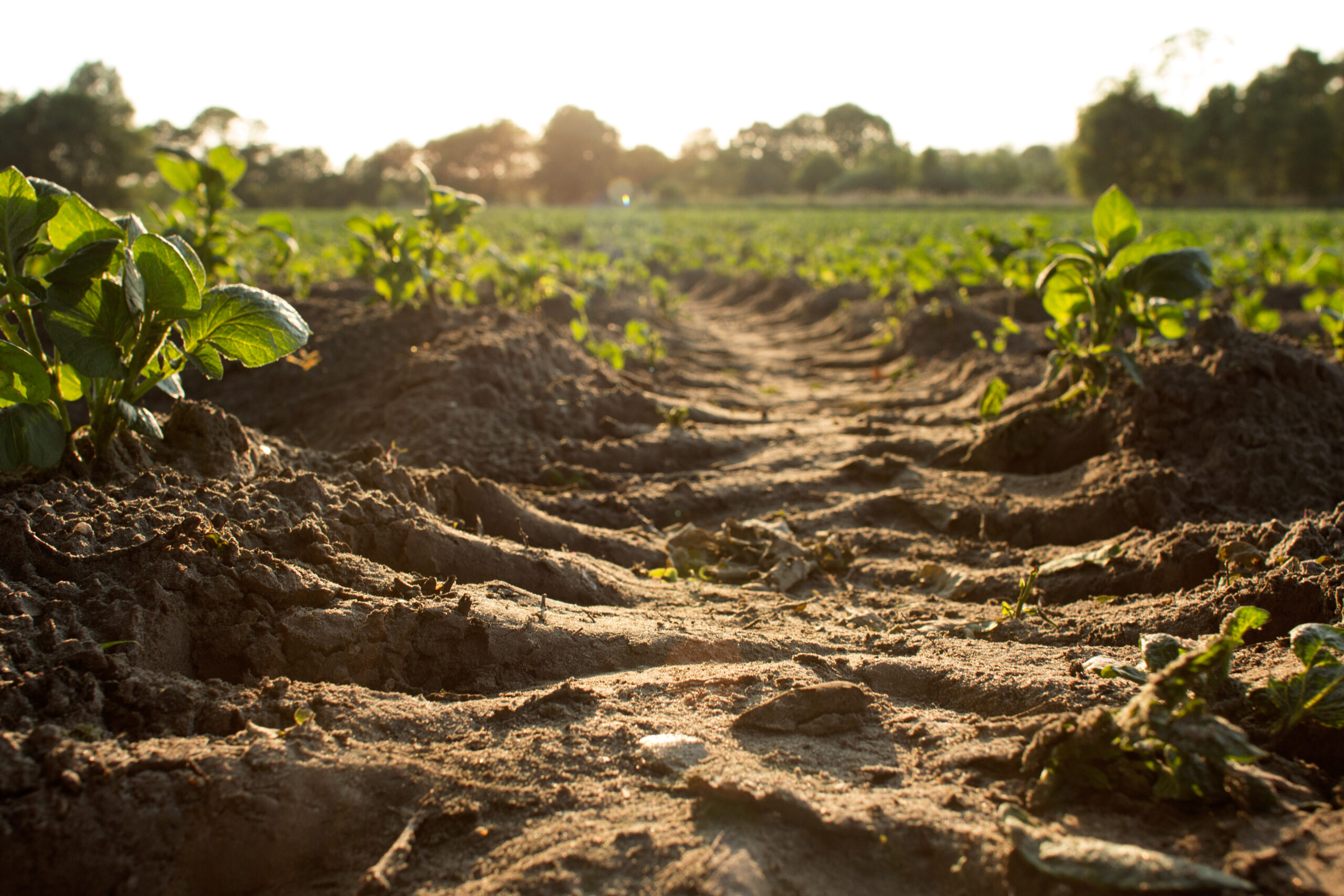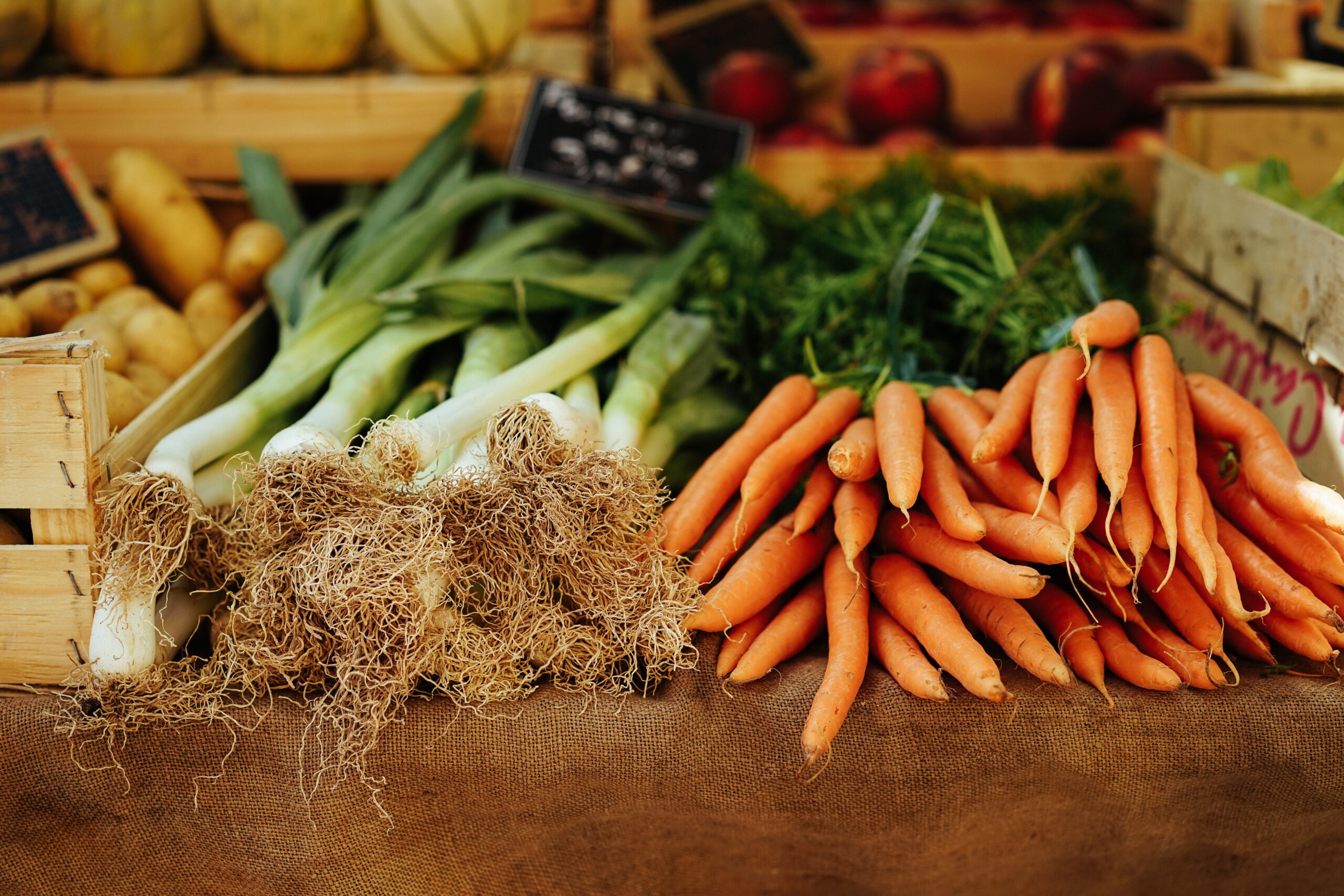Find original article location here.
Todd Fitchette 2 | Nov 22, 2016
A detailed report from the University of California explores wine grape plantings in Mendocino County, Calif. (North Coast) using National Organic Program and Demeter Biodynamic standards.
Written by Mendocino and Lake County Farm Advisor Glenn McGourty, Daniel Sumner, director of the UC Agricultural Issues Center, and, staff research associates Christine Gutierrez and Donald Stewart, the report looks at cost structures and cultural practices necessary for the non-conventional farming practices.
The full report can be found online.
According to the report, biodynamic farming is free of synthetic pesticides and fertilizers, just as certified organic farming is. Under the system, the farm must first meet national organic program standards before qualifying for Demeter Biodynamic status.
The later requires a farm system that is “minimally dependent on imported materials, and instead meets its needs from the living dynamics of the farm itself,” according to the report.
This system requires the use of nine different preparations, including herbs, mineral substances and animal manures.
Vines are planted on five-foot by eight-foot spacing’s with 1,089 vines per acre on a modified vertical trellis system. This is designed to support a bilateral, cordon-trained, and spur-pruned vineyard.
The hypothetical vineyard for this study is located on fairly level land with less than 10 percent slope. It includes 60 contiguous acres with 20 acres of bottom ground planted with white wine grape varieties and 20 acres of alluvial fan soils planted to red wine grapes.
Ten acres are planted with trees or other marketable crops and six acres is dedicated to a biodiversity reserve, which preserves wildlife diversity, potential habitat for endangered species, pollinators and beneficial insects.
The report also details cultural practices and pest management strategies based on the protocols to meet Demeter Farm standards. These can include the application of crop protectant materials and the use of sheep grazing for weed control within the vine rows. The use of chickens within a portable chicken coop as a method of weed and pest control is also referenced.
Financial returns under such a system can be profitable and are dependent upon variables such as the weather and other common agricultural challenges that may include commodity prices.
The study includes the cost of replacing 40 vines per year due to poor performance or loss from disease or gopher damage. Gopher control using owl boxes is suggested. Bat boxes employed to harbor bats for insect control are also assumed with the hypothetical farm.
Yield assumptions for the hypothetical farm are projected to be six tons per acre for white wine grapes and three tons per acre for red varieties. Grape prices are based on grower consensus, suggesting $2,000 per ton average for white varieties and $2,500 for red varieties.
Land values of $30,000 per acre for bare ground and $65,000 per acre for productive ground were assumed for the study. Established vineyards can range in value from $65,000 to $100,000 per acre in this region, the study says.
Positive grower returns can be realized under the system, according to the report.
“These practices are used by growers who provided information for this study, and they are able to successfully grow and market high quality fruit using this production system,” the authors write.









